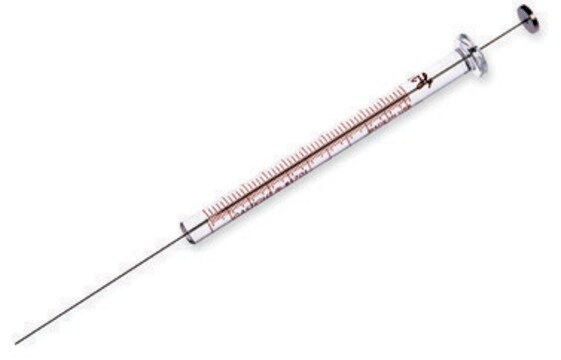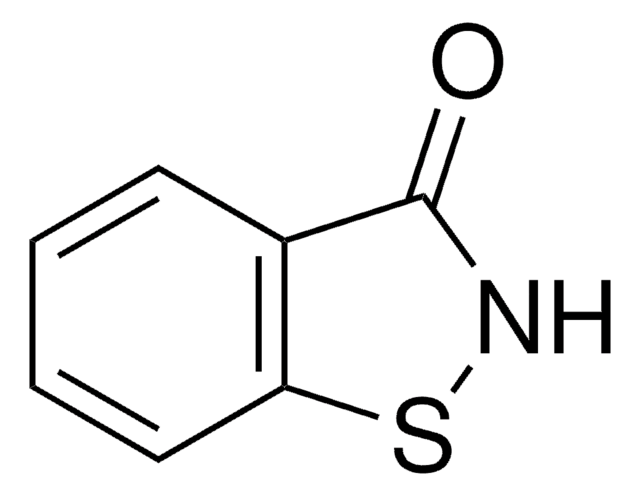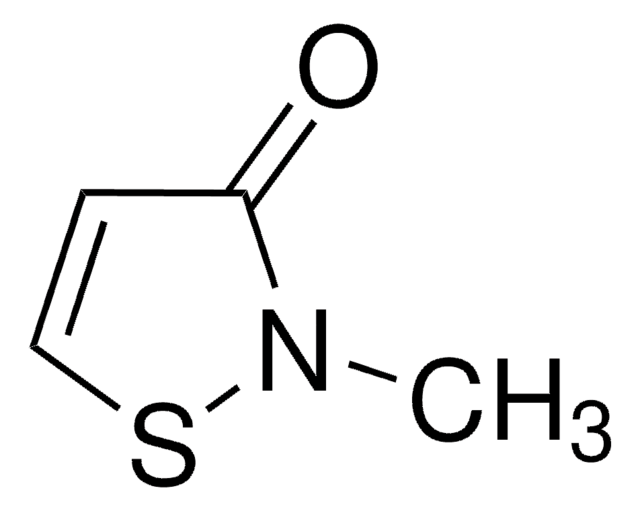34392
Methyldibromoglutaronitrile
analytical standard
Synonym(s):
1,2-Dibromo-2,4-dicyanobutane, 1-Bromo-1-(bromomethyl)-1,3-propanedicarbonitrile, 2-Bromo-2-(bromomethyl)glutaronitrile
About This Item
Recommended Products
grade
analytical standard
Quality Level
shelf life
limited shelf life, expiry date on the label
technique(s)
HPLC: suitable
gas chromatography (GC): suitable
mp
51-55 °C
application(s)
environmental
format
neat
storage temp.
2-8°C
SMILES string
BrCC(Br)(CCC#N)C#N
InChI
1S/C6H6Br2N2/c7-4-6(8,5-10)2-1-3-9/h1-2,4H2
InChI key
DHVLDKHFGIVEIP-UHFFFAOYSA-N
General description
Application
Recommended products
Signal Word
Danger
Hazard Statements
Precautionary Statements
Hazard Classifications
Acute Tox. 4 Oral - Skin Corr. 1B
Storage Class Code
8A - Combustible corrosive hazardous materials
WGK
WGK 2
Flash Point(F)
Not applicable
Flash Point(C)
Not applicable
Personal Protective Equipment
Choose from one of the most recent versions:
Already Own This Product?
Find documentation for the products that you have recently purchased in the Document Library.
Our team of scientists has experience in all areas of research including Life Science, Material Science, Chemical Synthesis, Chromatography, Analytical and many others.
Contact Technical Service


![Benzo[a]pyrene-d12 98 atom % D](/deepweb/assets/sigmaaldrich/product/structures/962/892/b867e1bb-083c-4337-b499-36eae87f40ad/640/b867e1bb-083c-4337-b499-36eae87f40ad.png)





![Benzo[a]pyrene ≥96% (HPLC)](/deepweb/assets/sigmaaldrich/product/structures/253/820/be96d879-1811-46c0-8f11-612019691c2d/640/be96d879-1811-46c0-8f11-612019691c2d.png)

